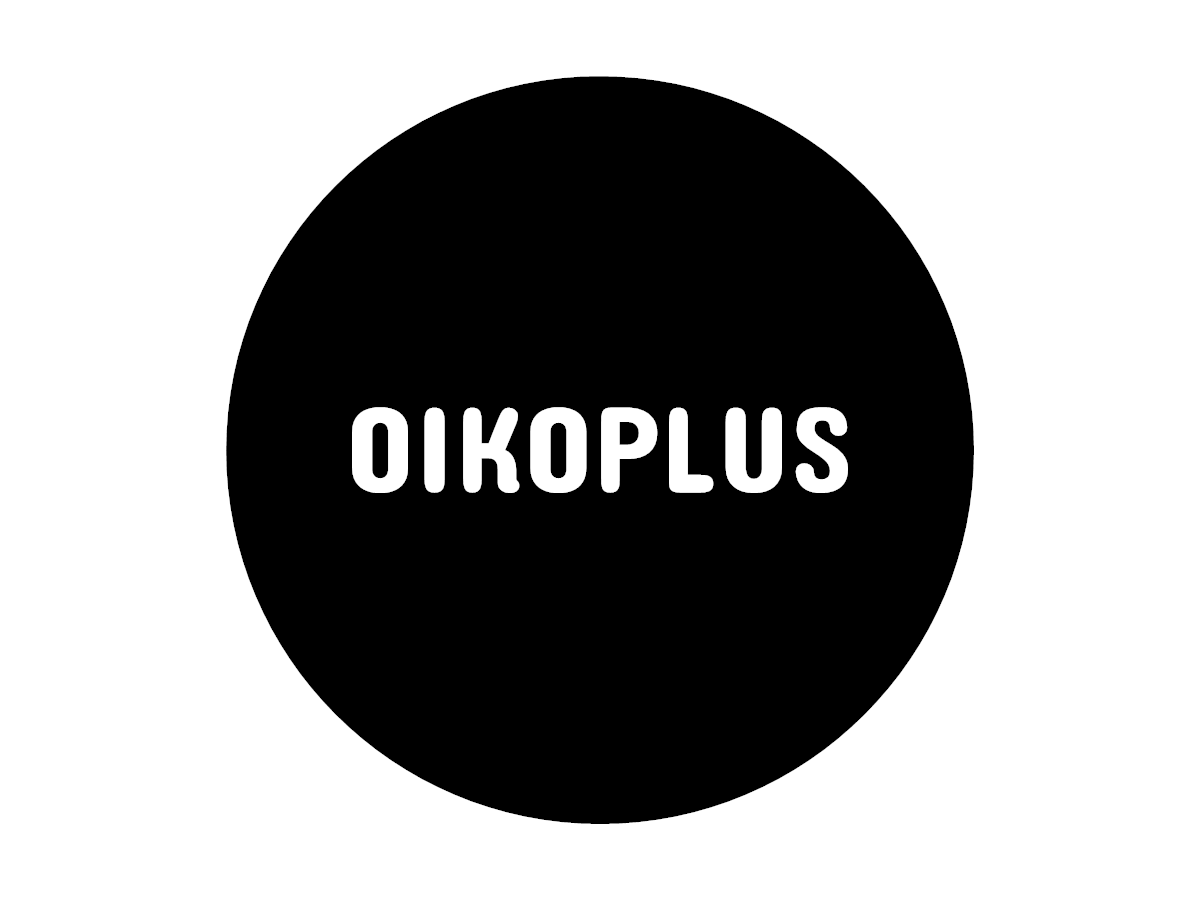Can fictionalization help communicate science? To abbreviate the answer we provide here: Yes, fictionalization can help science communicate its content and results to society. However, using fiction to do so in a meaningful way is not straightforward.
Fictionalization actually has a firm place in science: the example. The Allegory of the Cave, Schrödinger’s cat, Newton’s apple – they’re all fictionalizations of scientific thinking. Examples help to understand – by making abstract things concrete and theoretical things practical. A well-chosen example that breaks down a complex scientific theory helps increase understanding. And it confirms the reader’s understanding of the text. Or not. In any case, examples help to make science understandable. And thus they serve science communication.
Why do science communication again? David M. Eagleman, a neuroscientist, compiled the reasons to do science communication in a manifesto years ago. Six reasons Eagleman identifies. Entertaining the public through exciting, science-related fiction is not one of them. And yet fiction can help get a broad audience excited about science.
Antje Boetius, a marine biologist, is convinced of this. In January, in the often very listenable (German-language) podcast “Das Interview” by Philip Banse, a Berlin based journalist, she explained the importance that fictional entertainment literature can have for communicating science. In concrete terms, she made this clear for her field of expertise, the gas hydrates of the deep sea, using the example of the 2004 global bestseller “The Swarm” by German author Frank Schätzing: “I don’t even know if there has ever been a second bestseller that has familiarized people with the principles of the ocean and gas hydrates in such a way. Of course, there was a lot of action and novelistic stuff in it. But Frank Schätzing, whom I know well, put an incredible amount of work into research and tied together many little stories that were true, that is, ocean processes. In the process, of course, some untruths emerged, for example, that there are intelligent, slimy, blue-glowing single-celled creatures that rule the world and can get whales to mow people down. But nonetheless, many individual observations are genuine. What the novel generated was a broad understanding of gas hydrates in the ocean. In fact, that really led to people being saved from the tsunami wave back in Southeast Asia because they had read the novel and knew what it looked like when a tsunami came. That’s just terrific. As a scientist, I would never look down on fictional literature or films; on the contrary, we scientists often find it really difficult to generate broad knowledge. An adventure novel like this – if it makes an effort and assembles the facts well – can generate that.” [Translated from German by the author.]
Science Fiction
For those who would like to approach the question of the relationship between society, science and fiction in a more fundamental way, we recommend a text by Jan Arendt Fuhse, which deals with science fiction as critical theory. [German]
Ficta
In 2006, Søren Brier, a Danish biologist, sociocyberneticist, and cybersemiotician, extensively explored the use of fictionalization in popular science communication as a response to the changing demands of science communication in the mass media. He examined fictional literature with a scientific core using Michael Crichton’s novel Jurassic Park as an example, and immediately coined his own term for popular literature that is about science: ficta. However, the term has not really caught on.
The crime series CSI, which is about the work of crime scene forensics, could also fall into this genre. Michael Saks and Nickolas Schweizer, both psychologists, studied the effects of the reception of the portrayal of forensic science in the series on the reception of the scientific subject of forensic science: They found that popular fiction about forensic science influences the public’s expectations of real forensic science. They named this relationship the CSI effect.
Science-in-Fiction
Now, The Swarm, Jurassic Park, CSI, and many other works of classic science fiction are not formats of science communication that use entertaining fictionalization, but entertaining fictions that use scientific motifs. However, there are also fictions that quite specifically aim to communicate science. Carl Djerassi was a highly decorated chemist before he became a novelist. He describes his path from scientist to novelist and the difference between science fiction and science-in-fiction on scienceblog.at: “I decided to do something to bring the culture of science to a broader audience, with a genre that I soon named science-in-fiction. For me, a literary text only falls into this genre if the processes described in it are all plausible. These restrictions do not apply to science fiction. In saying this, I am in no way suggesting that scientific fantasy products are inappropriate in science fiction. But, if free invention is really to be used to bring unnoticed scientific facts to the attention of a scientifically unsophisticated public – a kind of smuggling that I consider intellectually and socially useful – then it is crucial to accurately reflect the underlying scientific facts.” [Translated from German by the author.]
The project “Fiction meets Science” by the Volkswagen Foundation, the University of Bremen, the Hanse-Wissenschaftskolleg, and the University of Oldenburg also strives to deliberately create encounters between science and fiction. And it is also worth taking a look at the archives of the annual Berlin digital festival re:publica when it comes to exploring the boundaries between science and fiction, between different forms of perception. In 2017, Joachim Haupt and Wenzel Mehnert from the University of Fine Arts Berlin spoke about Business Science – Fictionalized. The lecture can be seen on Youtube.


